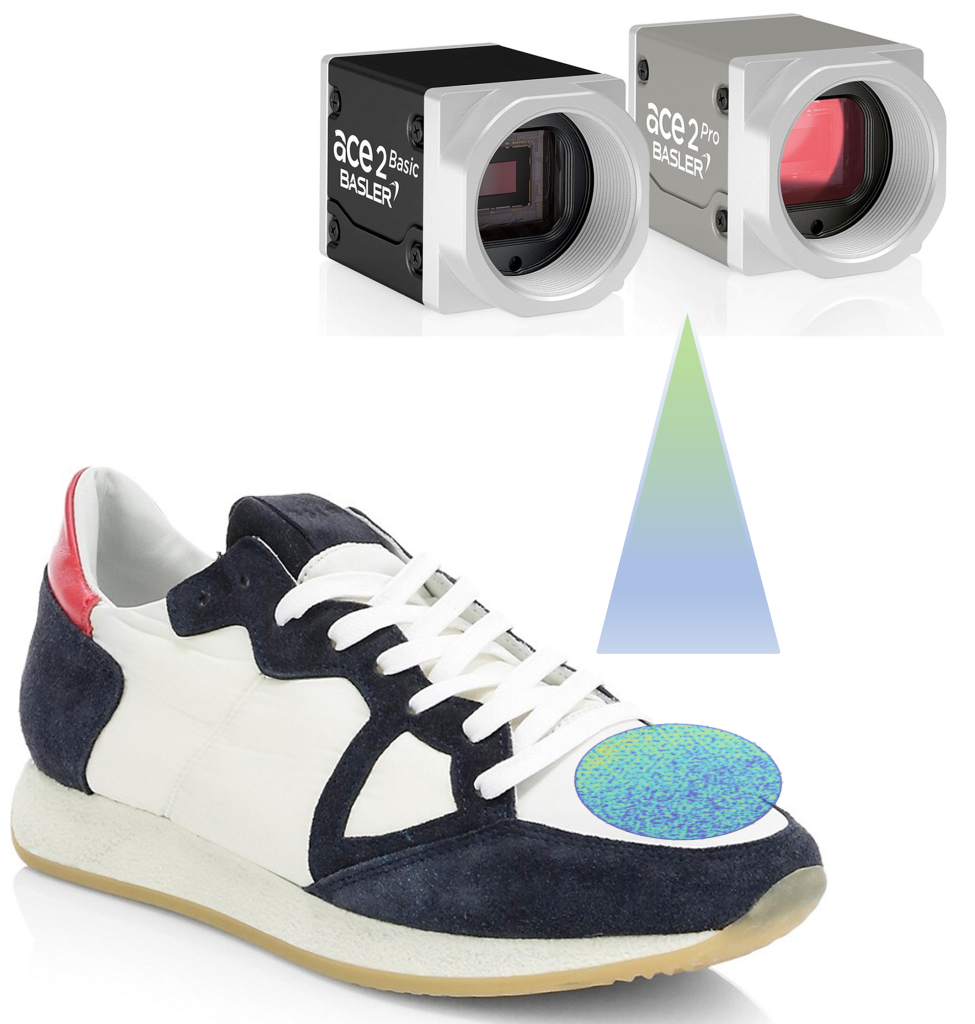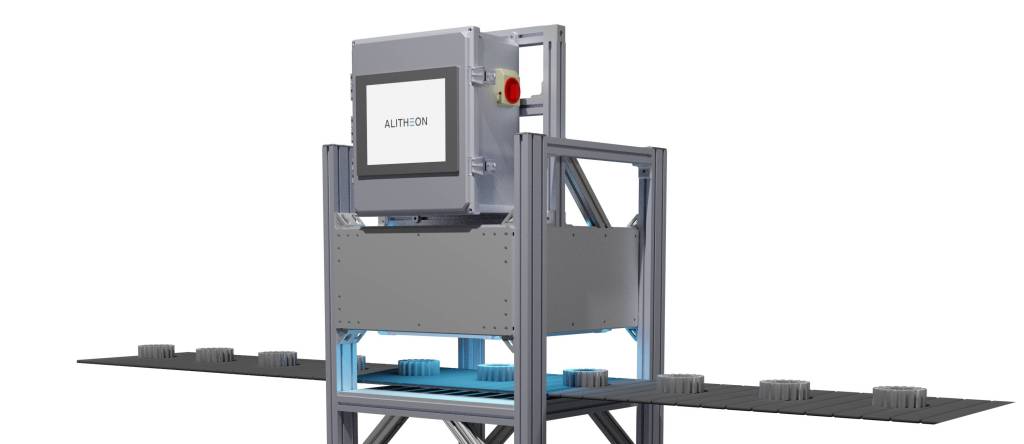
The FeaturePrint software converts the microscopic surface details of products like sneakers, electric relays, gears, or even gold bars into a mathematically provable identity. Though two objects may appear identical to the eye, digital photographs and algorithms reveal thousands of tiny micro-regions or physical points of interest that are unique to each item. Automatic processing transforms these details into a digital code (FeaturePrint ID) ready to connect to existing workflows. Features are ext-racted at levels of detail impossible for counterfeiters to reproduce or for similar objects to duplicate. With easy retrofit into existing industrial and supply chain environments, users can quickly begin to trace items that were previously untraceable before.

How FeaturePrint Works
A new object or product can be inducted into the system when a digital image is taken by a standard digital camera and then registered in the system with its own unique FeaturePrint ID. The FeaturePrint and associated data are stored in a secure, cloud-accessible database. When an object needs to be identified later for authentication purposes, another digital picture is taken and the FeaturePrint is again extracted and uploaded to the cloud. Alitheon’s algorithms compare the new FeaturePrint with those in the reference database and returns either a true or false indication to confirm whether the system has seen this specific object before. This process of registering or authenticating an item happens in milliseconds.
In addition to enabling serialization and traceability of objects within the system, standardized API interfaces allow customers to export event data into external systems for reporting and analytics or consolidation for parts provenance and import part or object data such as part serial numbers, date and location of manufacture to map to FeaturePrint information. Using this method, parts or assemblies can be registered and serialized at key supply chain and manufacturing sites. After delivery, an item may be authenticated once again, its traceability history updated from anywhere in the world.
How is the System Different?
A FeaturePrint is not an image, it is a set of numbers characterizing the surface of a product or item. It represents a single item, not a class of objects. The system does not have to learn over time what an object is (‚this is a pinion gear‘) it simply knows if it has seen that specific pinion gear before. Furthermore, a FeaturePrint is not a proxy for authentication. The item or product is the ID. Most identification systems today use proxies such as barcodes, QR codes, or RFID tags. These can be obscured, detach from the object, or themselves be counterfeited. By making the object its own identifier, the system does not need to have anything added to an object to register and authenticate it. Max Winograd, Vice President at Connected Products describes the advantages: „With FeaturePrint technology, supply chains can now track and authenticate every physical product at the item level. Even those that are difficult or impossible to mark or label with digital triggers like QR codes or RFID/NFC tags. By working with Alitheon, Avery Dennison is able to extend its progressive family of digital triggers and coupled with our integrated digital identification platform enable every physical item to have a unique digital identity.“
Value to your Business
Businesses lose trillions of dollars each year because individual items are not correctly identified even with exotic labels, etchings, or handling procedures. The FeaturePrint system supports fast deployment with simple retrofit into existing physical production lines, operator stations, and process control points. Integrated stations can provide user interfaces and feedback, or they can operate alongside fully automated, lights-out production lines. Furthermore, the system enables accurate tracking on an assembly line and throughout distribution channels. It prevents counterfeit parts or consumer goods not by detecting counterfeits but by detecting originals.
